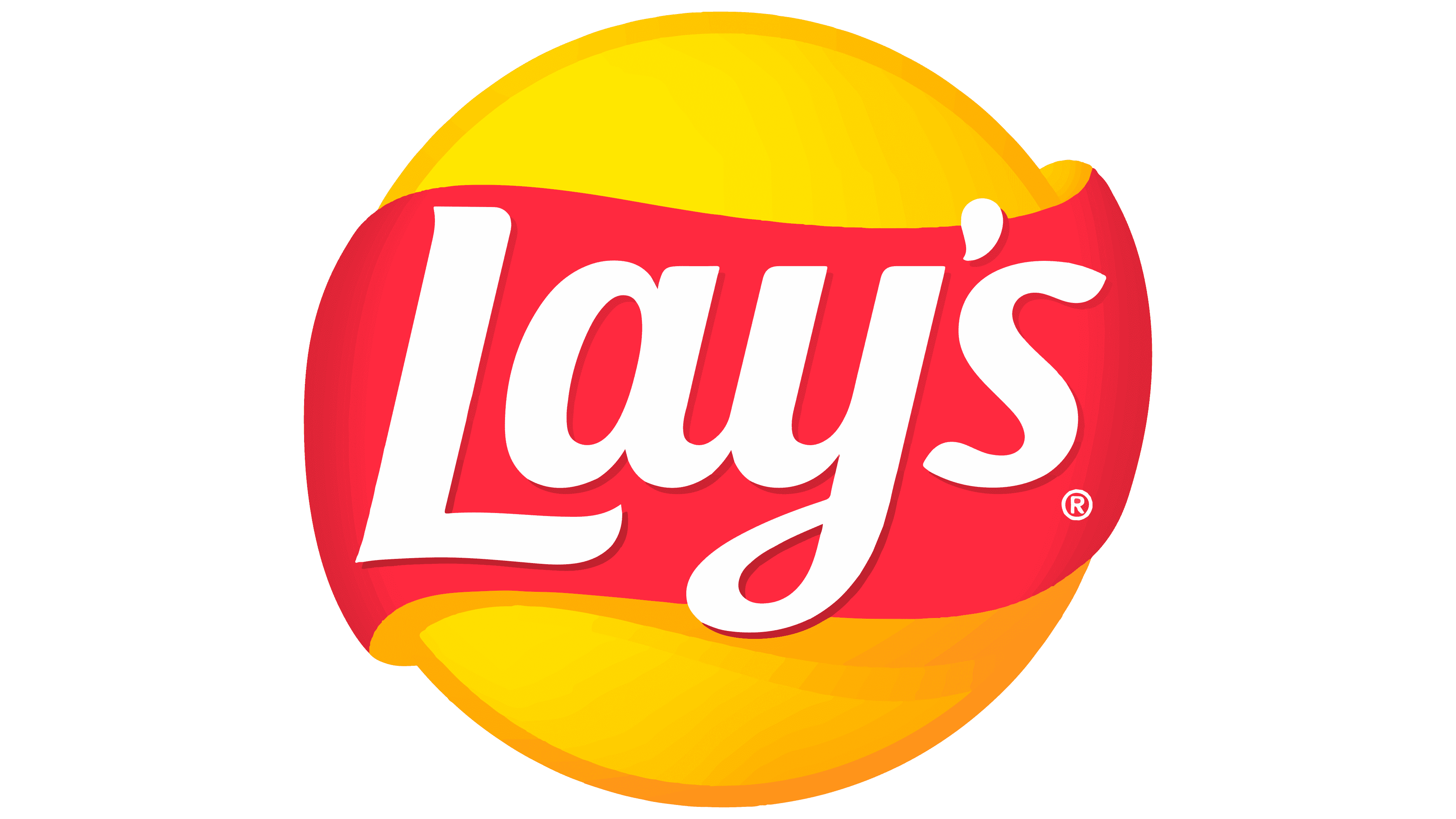apt is a newer, more user-friendly front-end for apt-get and apt-cache.
apt = combines commands like install, remove, update, upgrade into one tool, with prettier output
#apt-get = older, lower-level, more script-friendly For normal use, just use apt now. For scripting where 100% backward compatibility matters, use apt-get.
If I recall correctly, Linux Mint did their own thing for a bit with the apt command so there were two different implementations out there for awhile?
I don’t know if they modified apt at all. I know they have their mint tools that call apt through some python code, like
mintinstall=apt install <package>for the software manager andmintupgrade=apt upgradefor updating mint versions … Etc
🎵
APT, APT, APT, APT
Just meet me at the…
🎵
Wait until you learn of aptitude…
Dpkg
aptitude has been my go-to since at least woody or potato.
Pfff I know all about the aptitude, who do you think I am? Someone who doesn’t know the aptitude? I use it all the time for a lot of … stuff the aptitude does
When working with RHEL I always flip a coin to see if I’m gonna use yum or dnf this time
Wasn’t yum just mapped to dnf a while back?
What is dnf anyway? I see that used on later RH-based distros instead of yum.
dnf is the replacement to yum. It is apparently short for “Dandified Yum”.
deleted by creator
TIL that it was lol
I came in for the jokes but all I found was helpful responses. Did I get the Nazi virus from Reddit?
How my brain distinguishes them:
apt-get when you want full verbose output
apt when you want to feel fancy with progress bars and colours
apt install nano (simple, clean)
apt-get install nano (works too, but more detailed output)
Apt-get give more technical output , helps in scripting .
I’ll just copy whatever is in the guide I’m following at the time.
Here lie dragons. Make sure you understand commands that you run on your computer. 👍
Cargo-culture is alive and well in the era of LLMs
Yes, I’m aware of that.
That’s good. 👍
This is one of the reasons I need to set up Linux at home. I use it at work but who knows what the flavor of the week is?
At this point I can’t tell the difference between yum and rpm and apt and dnf
Edit: realized you meant in the sense of hot swapping flavors after I typed out a whole explanation lol. Should start recommending niche distros and collect package managers like trading cards lol.
–
yum = dnf, dnf is just the newer version which was rewritten several times.
apt is a weird attempt to “upgrade” apt-get with better user interface without messing with the compatibility of apt-get used by scripts and whatnot.
Both of these are dependency handling package managers which do all the magic of installing required subpackges when you want something.
rpm is the underlying system package manager which deals with the actual task of installing, removing, and generating packages in the .rpm format. It is analogous to Debian’s dpkg which uses the .deb format. It’s usually not used by the end user unless you need to play with a package directly like with a .rpm or .deb file.
Hence why some distros (or people) have their own dependency package manager, like zypper on OpenSUSE (rpm) or Aptitude on Debian (deb).
Although I think Aptitude might just be a fancy wrapper for apt lol.
Thanks
Me too but I am just zen at this point knowing the knowledge is one search away (I don’t even have to read the man)
I’ve had better results by including “man” in my searches to find the man pages, but man that makes for some questionable looking searches
Use apt in the shell and use apt-get in scripts, because apt has beautiful shell output but it isn’t script safe
apt is for like when you want to, and apt get is the other way to get the apt. And then if it doesn’t, sudo apt will, or then sudo apt get. Like if you’re just doing an apt, and then you also need to apt get, you can.
Nala gang rise up!
Me laughing in pacman
I use them one after another just to be sure I’m up-to-date.
Pretty sure it’s basicaly
alias apt='apt-get'There is the subtle difference that the output if apt-get is optimized for automations
Apt has pretty outputs with colors etc
Canapt-getrefresh package list?Edit: yes…yes it can. I was confused.
It’s been a long time since I’ve needed to use either. Instead I typically use Synaptic Package Manager, Mint’s Software Manager, or gdebi. Guess I’m just a filthy casual.












